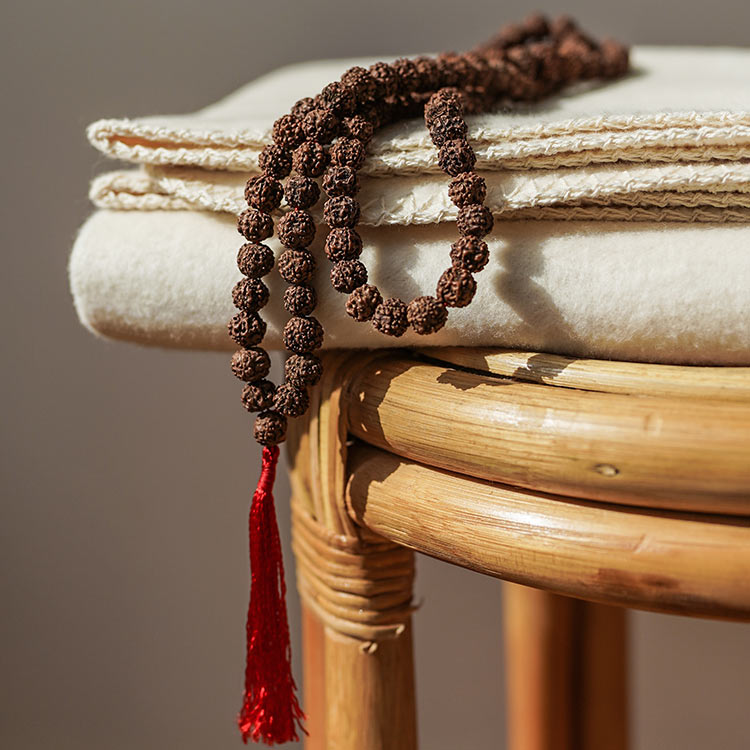
Tips for yoga during and after pregnancy
Those who have been practicing yoga for a long time won't want to give it up during pregnancy. In principle, there's no need to. Pregnant women benefit from yoga on all levels—physically, mentally, and spiritually. We explain what to keep in mind when practicing yoga during pregnancy.
The differences to "normal" yoga
While "normal" yoga is often about pushing your limits and assuming a new, difficult position, yoga for pregnant women should focus on everything that feels comfortable and soothing for the expectant mother. Abdominal exercises that could put pressure on the baby are taboo. When performing twists, care should be taken to perform them specifically in the upper body and not in the lumbar region. Shoulderstands and headstands should also be avoided or only practiced by yoga professionals. However, it can be helpful, especially during pregnancy, to elevate your legs to counteract swollen feet . Beginners can lie down and rest their legs against a wall. Holding your breath and jumping exercises should also generally be avoided.
Using yoga to combat pain during pregnancy
The baby bump becomes heavier and larger as the pregnancy progresses. The resulting hollow back causes many pregnant women to experience lower back pain. Targeted yoga exercises can counteract pain by stretching the spine and releasing tension. Cat pose (Marjarasan) , Child's pose (Garbhasana), Twist pose (Vakrasan), and Shoulder Bridge pose (Setu Bandha Sarvangasana) have proven particularly effective in this regard.
Another option for relieving painful tension—after consulting a doctor or pharmacist—is the use of aconite pain relief oil . Potent monkshood provides warmth to the affected area, relieves tension, and soothes pain. The oil can be rubbed directly onto the skin or applied as a compress. Aconite pain relief oil has also proven effective for sacral massage.
Useful tools for pregnancy yoga
There are several products and aids that can positively support pregnancy yoga. Yoga bolsters are particularly suitable for asanas performed lying on your back. They can also be placed between your knees while sleeping on your side, relieving pressure on your back. If women can no longer reach the floor for certain exercises during pregnancy, yoga blocks can be helpful . You should also make sure you have a blanket nearby to provide extra warmth, especially during meditation.
Yoga after birth
But yoga can be beneficial not only during, but also after pregnancy . After a period of relaxation and rest – the so-called postpartum period – many new mothers feel the desire to exercise more. This usually happens after four to eight weeks. As soon as the gynecologist has given the green light, you can begin gentle yoga exercises. Particular attention should be paid to strengthening the pelvic floor . This is because the pelvic floor is often severely affected during pregnancy and childbirth. Special postnatal yoga exercises not only train the pelvic floor, but also specifically the abdomen and back.
Share






